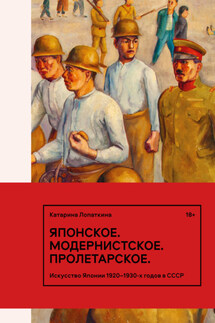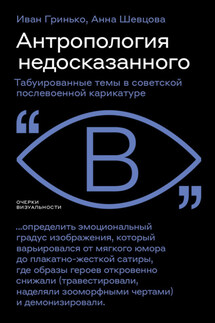Edgar Degas - страница 5
Städel-Museum, Frankfurt.
Around the time the notorious 1863 Salon des Refusés signalled the clear distinction in French painting between a revolutionary avant-garde and the conservative establishment, Edgar Degas painted a self-portrait which could hardly have looked less like that of a potential revolutionary. He appears a perfect middle-class gentleman or, as the Cubist painter André Lhote put it, like ‘a disastrously incorruptible accountant’. Wearing the funereal uniform of the 19>th-century male bourgeois which, in the words of Baudelaire, made them look like ‘an immense cortège of undertakers’ mutes’, Degas politely doffs his top hat and guardedly returns the scrutiny of the viewer. A photograph taken a few years earlier, preserved in the French National Library, shows him looking very much the same, although his posture is more tense and awkward than in the painting.
The Degas in the photo holds his top hat over his genital area in a gesture unconsciously reminiscent of that of the male peasant in Jean-François Millet’s Angelus. Salvador Dalí’s provocative explanation of the peasant’s uncomfortable stance was that he was attempting to hide a burgeoning erection. Degas’ sheepish and self-conscious expression also suggests an element of sexual modesty. For an artist who once said that he wanted to be both ‘illustrious and unknown’, any speculation about his sexuality would have seemed to him an unpardonable and irrelevant impertinence.
Nevertheless, the peculiar nature of much of Degas’ subject matter, the stance of unrelenting misogyny he adopted, and the very lack of concrete clues about his personal relationships have fuelled such speculation from the beginning. As early as 1869 Manet confided to the Impressionist painter Berthe Morisot, with whom Degas was conducting a bizarre and somewhat unconvincing flirtation, ‘He isn’t capable of loving a woman, much less of telling her that he does or of doing anything about it.’ In the same year, Morisot wryly described in a letter to her sister how Degas ‘came and sat beside me, pretending to court me – but this courting was confined to a long commentary on Solomon’s proverb, ‘Woman is the desolation of the righteous’…’.
Rumours of a sexual or emotional involvement with another gifted female painter, the American Mary Cassatt, can also be fairly discounted with confidence, although the fact that Cassatt burnt Degas’ letters to her might suggest that there was something that she wished to hide. Degas’ failure to form a serious relationship with any member of the opposite sex has been attributed to a variety of causes, such as the death of his mother when he was at the sensitive age of thirteen, an early rejection in love, and impotence resulting from a venereal infection. This last theory is based on a jocular conversation between Degas and a model towards the end of his life and need not be taken too seriously.
In 1858, Degas formed an intense and sentimental friendship with the painter Gustave Moreau. The emotional tone of Degas’ letters to the older artist might suggest to modern eyes an element of homosexuality in their relationship. ‘I am really sending this to you to help me wait for your return more patiently, whilst hoping for a letter from you… I do hope you will not put off your return. You promised that you would spend no more than two months in Venice and Milan.’






